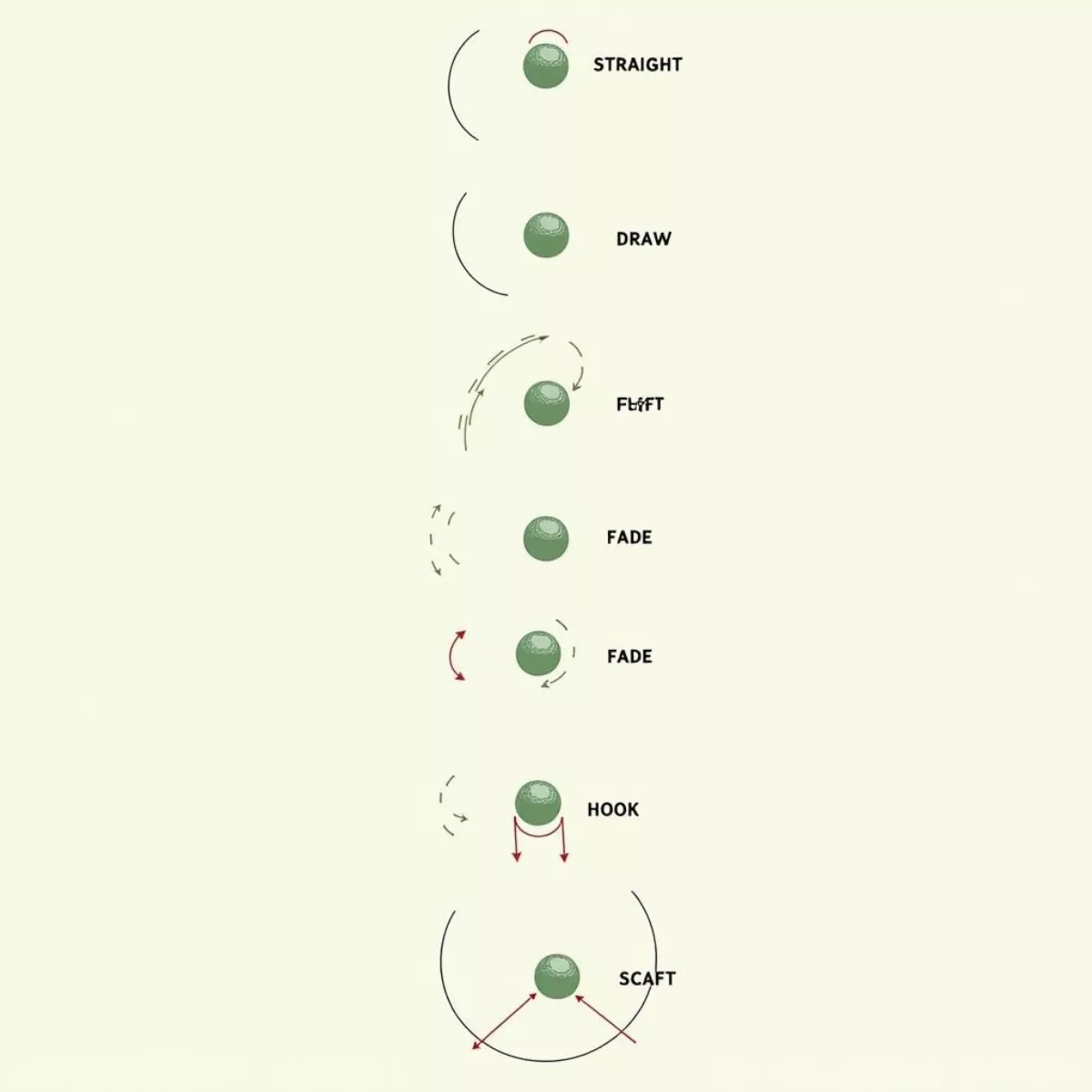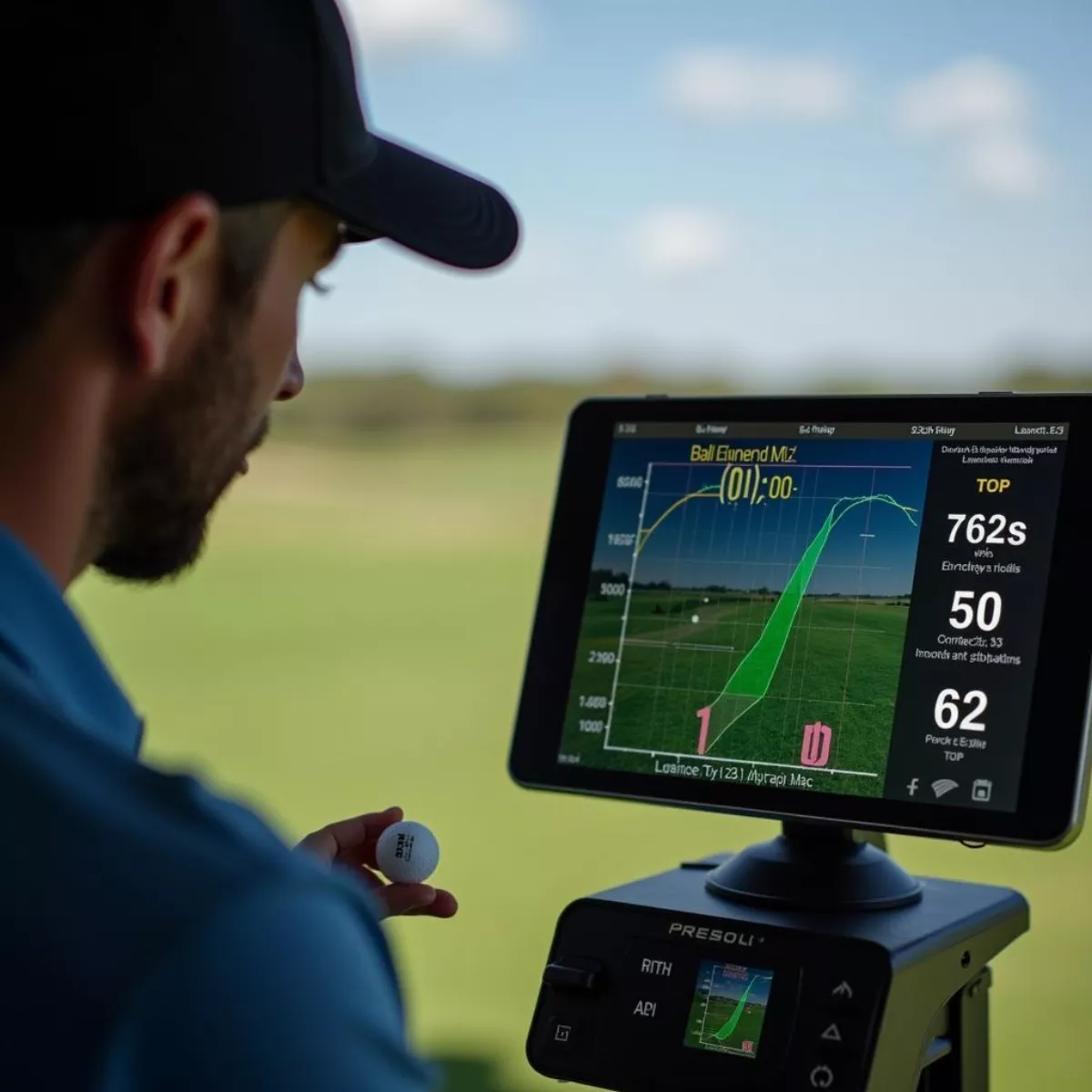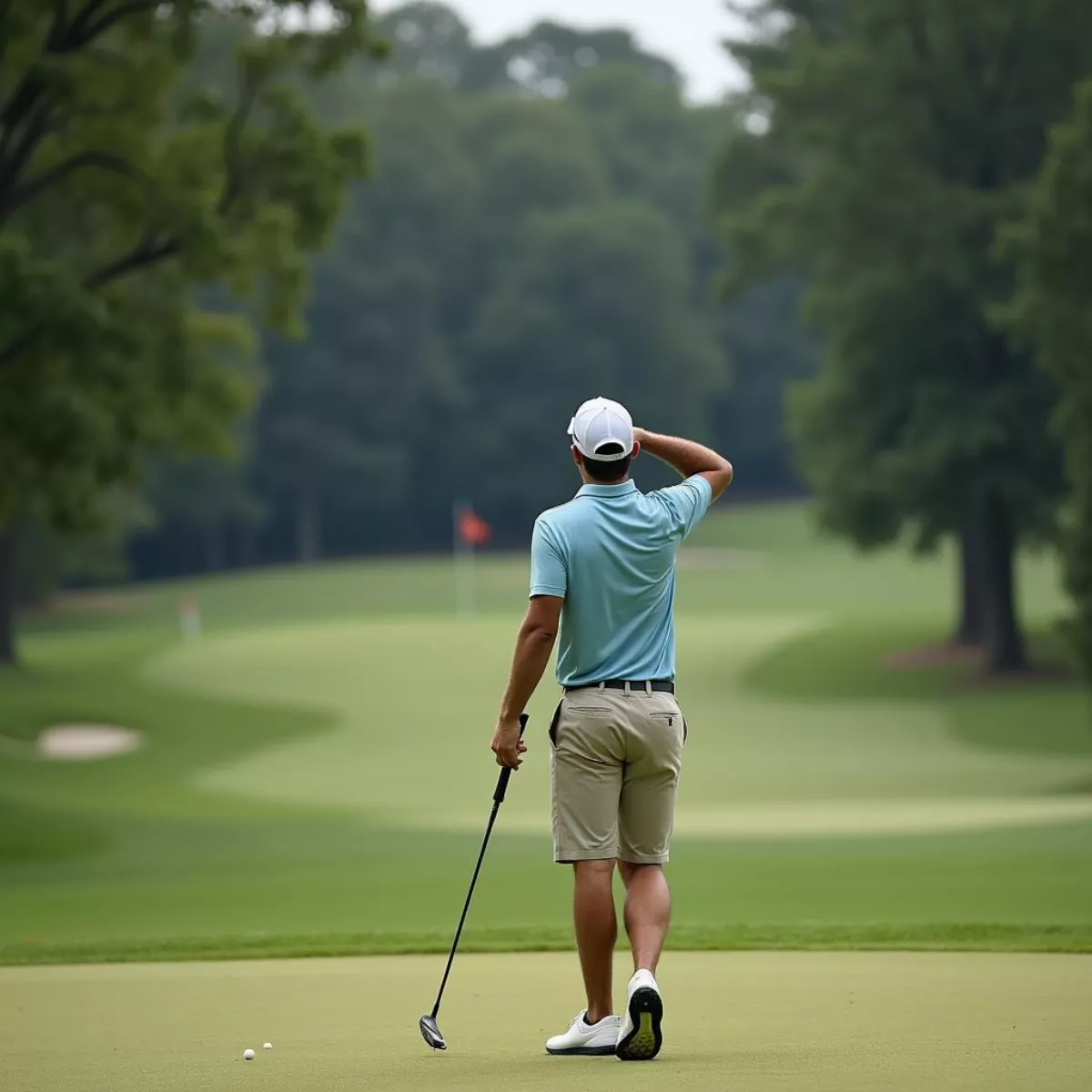Golf isn’t just a game of precision and power; it’s also an intricate dance between physics and strategy. One of the crucial aspects to master on the golf course is flight—recognizing and controlling how a golf ball travels through the air is key to improving your game. Whether you’re a novice looking to enhance your technique or an experienced golfer fine-tuning your approach, understanding ball flight is essential.
What Is Ball Flight in Golf?
In golf, the term ball flight refers to the trajectory the ball takes from the moment it leaves the clubface to when it lands. This trajectory consists of different factors, including the height, distance, and direction of the ball. By understanding ball flight, golfers can make better decisions on club selection, shot type, and swing mechanics.
Factors Affecting Ball Flight
The flight of the ball can be influenced by multiple factors:
- Club Selection: Different clubs produce different launch angles and spin rates. For example, a driver typically results in a lower flight compared to a pitching wedge.
- Swing Path: The angle and direction of your swing can create various ball flights. An inside-out swing tends to produce a draw, while an outside-in swing often results in a slice.
- Impact Position: Where the ball hits the clubface plays a significant role in the ball’s flight. Hitting the ball higher on the face can produce a higher trajectory while striking lower can create a lower shot.
- Weather Conditions: Wind, humidity, and temperature can considerably affect how the ball travels. For instance, strong winds may carry the ball farther or cause it to balloon in the air.
- Ball Spin: Different types of spin (backspin, sidespin) will greatly alter the ball’s behavior after it is struck.
 Golf ball flight trajectory
Golf ball flight trajectory
The Five Basic Ball Flights
Understanding the five basic types of ball flights will help you adjust your game:
- Straight: The ideal shot that travels directly toward the target without veering.
- Draw: A gentle curve from right to left (for right-handed players) that can add distance.
- Fade: A slight curve from left to right, useful for approaching greens with more precision.
- Hook: A pronounced curve from right to left, often unintended, due to an overly closed clubface at impact.
- Slice: An aggressive curve from left to right, typically caused by an open clubface and an outside-in swing.
Why Understanding Flight is Important
Mastering ball flight can lead to significant improvements in your golf skills. Here are a few reasons why you should take it seriously:
- Enhanced Control: Knowing how to manipulate your shot will help you navigate tricky courses effectively.
- Improved Accuracy: By controlling the trajectory, you’re more likely to land on the green or avoid hazards.
- Better Strategy: Understanding your ball’s flight will inform your decisions on club selection and shot type, making your game more strategic.
- Shot Consistency: Being able to replicate successful flights leads to more consistent scoring.
How to Achieve Desired Flight
If you want to control your ball flight, consider the following techniques:
| Technique | Description |
|---|---|
| Adjust Tee Height | Increasing the tee height can lead to a higher launch angle; lower it for a penetrating flight. |
| Alter Stance Width | A wider stance can stabilize your swing, while a narrow stance can allow for more variability in your shots. |
| Tweak Grip Pressure | Light grip pressure can help produce more clubhead speed, influencing ball flight height. |
| Use of Face Angle | An open face angle at impact can produce a fade, while a closed face will produce a draw. |
 Golfer analyzing swing data on launch monitor
Golfer analyzing swing data on launch monitor
The Role of Technology
In today’s tech-savvy world, there are several tools you can use to analyze ball flight:
- Launch Monitors: Devices like TrackMan provide immediate feedback on launch angle, spin rate, and distance.
- Swing Analyzers: These devices attach to your club and offer insights into swing speed and path.
- Professional Lessons: Sometimes, a professional eye can help identify issues you may not notice yourself.
Common Myths About Ball Flight
Before diving deeper into technique, let’s debunk some common myths about ball flight in golf:
- More Spin Equals More Control: While backspin can help your ball hold the green, too much spin can lead to less predictability.
- Higher Loft Always Equals Higher Flight: A higher loft may not guarantee a higher flight if the swing path or impact position is incorrect.
- Hitting Harder Equals Longer Drives: Power without control often leads to erratic shots; finesse is equally important.
Key Takeaways
- Understanding ball flight is crucial for effective shot-making.
- Control your flight by mastering factors like swing path, impact position, and club selection.
- Use technology and professional guidance to enhance your understanding of ball flight.
- Consider the weather and course conditions when planning your shots.
 Golfer planning shot considering wind direction
Golfer planning shot considering wind direction
FAQ Section
Here are some frequently asked questions regarding ball flight in golf:
- What is the ideal ball flight for a driver?
- The ideal ball flight for a driver is typically a low to mid launch with a slight draw.
- How can I adjust my swing path to control the ball flight?
- Practicing alignment is key; focus on an inside-out swing path for a draw and an outside-in for a fade.
- Does the type of golf ball affect flight?
- Yes, different golf balls have varying levels of spin and compression, which can influence flight trajectory and distance.
- What should I do if my shots consistently slice?
- Consider checking your grip and stance, and work on ensuring a neutral or closed clubface at impact.
- Can wind conditions affect my ball flight?
- Absolutely! Headwinds can decrease distance, while tailwinds can add distance. Crosswinds can lead to unpredictable curves.
- Is it better to hit a high shot or a low shot?
- It depends on the situation: a high shot can help clear obstacles, while a low shot can be more aerodynamic in windy conditions.
- How can I learn to hit a draw?
- Focus on closing the clubface at impact and creating an inside-out swing path.
- What is the difference between launch angle and apex height?
- The launch angle is the angle when the ball leaves the club, while apex height is the maximum height the ball reaches in its flight.
- Can changing my grip style adjust my ball flight?
- Yes, an overly strong or weak grip can influence the angle of the clubface at impact, affecting the ball’s trajectory.
- What role does club fitment play in ball flight?
- Proper club fitment tailored to your swing type and speed can significantly enhance your shot performance and consistency.
Understanding ball flight is not just about launching the ball down the fairway; it’s about mastering the art of golf and making informed decisions that lead to success on the course. By implementing the techniques discussed in this guide, you can take your game to the next level. Whether you’re practicing on the range or facing off against friends, confidence in your shot-making ability will shine through. Happy golfing!